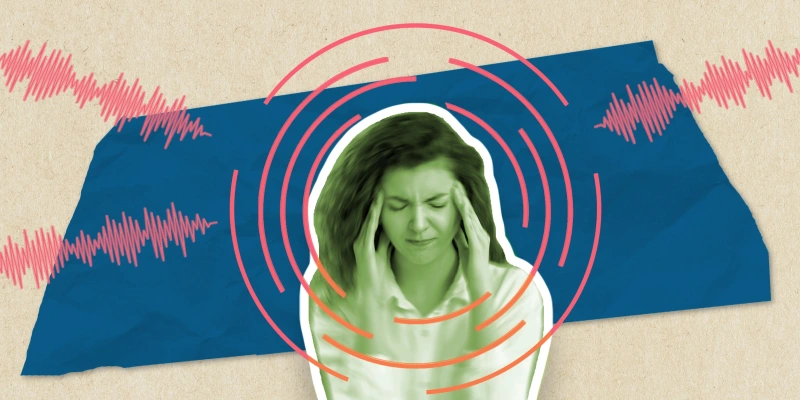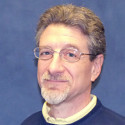 As I sit here in the New Orleans airport, eating a shameful amount of pralines, and reflecting on the American Epilepsy Society (AES) Annual Meeting, I am filled with the common post-conference oxymoron of excited exhaustion. As a physician assistant (PA), this meeting has been filled with, what I hope is, the beginnings of a sea change. Hence the above mentioned excitement! Advanced Practice Providers (PAs), nurse practitioners (NPs), and advanced practice nurses (collectively, APPs) had their first special interest group (SIG) dedicated to clinical epilepsy issues that was delivered at a level of complexity concomitant with their training.
As I sit here in the New Orleans airport, eating a shameful amount of pralines, and reflecting on the American Epilepsy Society (AES) Annual Meeting, I am filled with the common post-conference oxymoron of excited exhaustion. As a physician assistant (PA), this meeting has been filled with, what I hope is, the beginnings of a sea change. Hence the above mentioned excitement! Advanced Practice Providers (PAs), nurse practitioners (NPs), and advanced practice nurses (collectively, APPs) had their first special interest group (SIG) dedicated to clinical epilepsy issues that was delivered at a level of complexity concomitant with their training.
The APP SIG and a nursing SIG were among the 41 SIGs offered at this year’s meeting. The APP SIG topics included an overview of APP types, inter-APP training differences, and how best to onboard. Clinical topics discussed were seizure semiology and neuroimaging in epilepsy. The APP SIG was well attended by more than just APPs and seemed to be well received. The co-chairs have already begun collecting suggestions and brainstorming on topics of interest for next year. The AES also sent out surveys, held focus groups, and created an APP work group to make recommendations to the Council on Education on ways to better serve the needs of APPs. These are all indications of an organizational investment in APPs. This is an exciting time to be an APP in epilepsy! With inclusion on committees, the development of APP-specific educational opportunities both at the meeting and on the website, and feeling as though our voice is beginning to be heard, APPs are looking forward to being integral members of AES as we are already integral members of the epilepsy clinical team.
Exhaustion and aching feet are secondary to a busy conference packed with long days and lots of walking. There never seems to be enough time to take in all the relevant information, networking opportunities, and volunteer options. Great topics ranging from the effects of polypharmacy, making subsequent anti-seizure medication choices, the hot topic of CBD oil (both pharmaceutical grade and artisanal), and the interactions between sleep and epilepsy will be influencing my practice for sure. The possibility of one day being able to predict seizures and abort them before they disrupt my patients’ lives or put them at risk of harm is a heady thing indeed. Now in my third year of epilepsy practice, I feel as though my foundational knowledge is strong enough to begin to benefit from the cutting edge information abundant at the meeting instead of drowning in the details. Hopefully in the future there will be skills workshops pertinent to APP epilepsy practice, and maybe even an APP track to help guide APPs at different stages of their careers.
Getting together with other APPs to talk about their needs and visions for the role of APPs in AES and on the clinical epilepsy team was both invigorating and fatiguing. At least 175 AES members identify as APPs, and there were several at the conference that are not active members. APPs do not have the years of residency and fellowship training that our physician colleagues have to forge strong relationships with each other. It takes more effort to find and connect with each other. Hopefully, AES can help fill that gap by continuing to provide networking opportunities both at the meeting and via the APP forum on AES Connect. Discussing common issues in daily epilepsy practice and hearing how others have found innovative solutions is one of the most valuable aspects of being connected to other APPs to me. It’s cathartic and informative knowing your experience is more universal that you first thought and also shines light on areas where AES may be better able to provide guidance and training.
As the Neurologist/Epileptologist shortage continues to be a problem, APPs are beginning to fill clinical gaps as they have in other subspecialties. APPs want to be there on the front lines taking care of these patients. Our training is as generalists, however, which will require intentional on-the-job training resulting in some up front investments of time and effort on the part of our physician colleagues. APPs want to be well trained members of a growing interprofessional team. As our voice in AES is heard and answered, we are well positioned to tell our colleagues and professional organizations: here’s what we need, here’s how we can be of benefit to both patients and the team as a whole, and here is how we can all grow as a group. We have a long way to go to get there, but as they say, “The journey of a thousand miles begins with a single step.” This year’s “step” was substantial. I cannot wait to continue on this journey with AES. I will, however, soak my aching feet when I get home - it really was a lot of walking.
Kelly R Conner, PhD, MMS, PA-C received her PhD in Neuroscience from Wake Forest University School of Medicine and returned for her MMS in Physician Assistant Studies. She currently practices in the Adult Epilepsy Clinic at Wake Forest and participates in committees in the institution, national organizations, and the Wake Forest PA program working to further APP training, utilization, and representation.






